International Women's Day 2016: Tech inventions by women that we use in our everyday lives

Life today has been made so convenient thanks to the technology we use in our everyday lives. But did you know that many of these technological inventions were in fact pioneered by women? Some of them date back to a century when women did not even have suffrage rights in most countries.
This International Women's Day, IBTimes UK has compiled a list of some of these inventors and their inventions you may not have known about:
The First Computer Algorithm
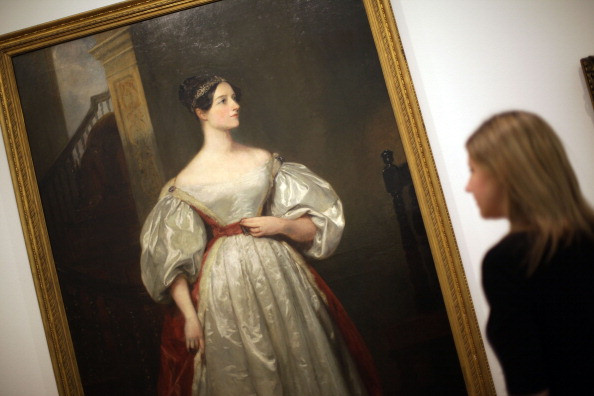
Ada Lovelace has been credited with creating an algorithm for the Analytical Engine to compute Bernoulli numbers. It is the first algorithm specifically tailored for implementation on a computer. Lovelace, a brilliant mathematician, was also the daughter of iconic English poet Lord Byron but did not want that identity to cloud her achievements.
She understood that numbers could be used to represent more than just quantities. Lovelace's thoughts resonated with that of Cambridge professor Charles Babbage, and she contributed to his theoretical paper for an Analytical Engine — the world's first general purpose computer — before publication in 1843. She helped him see that a machine designed to read numbers could also be made to manipulate any data represented by those numbers. She even mentioned in her notes that machines like those could compose music, produce graphics, and aid in scientific research in the near future, something which has become a daily affair almost 100 years later.
Modern Electric Refrigerator

Almost every household across the globe has a refrigerator, but few of us know that Florence Parpart invented the modern version of the appliance in 1914. She won a patent for the refrigerator making the icebox obsolete for those with access to electricity. Parpart's then fiancée was highly skilled in electrical circuitry and many believe he assisted in the design of the first prototype.
An experienced entrepreneur, Parpart was highly successful in marketing and selling her refrigerators and attended multiple trade shows, developed her own advertising campaigns and managed the production operations. Previously, Parpart had also received a patent for a vastly improved street-cleaning machine, which she marketed and sold to cities across America. Sadly very few mentions have been made of her work as it is with most women inventors from that era.
Digital Communications
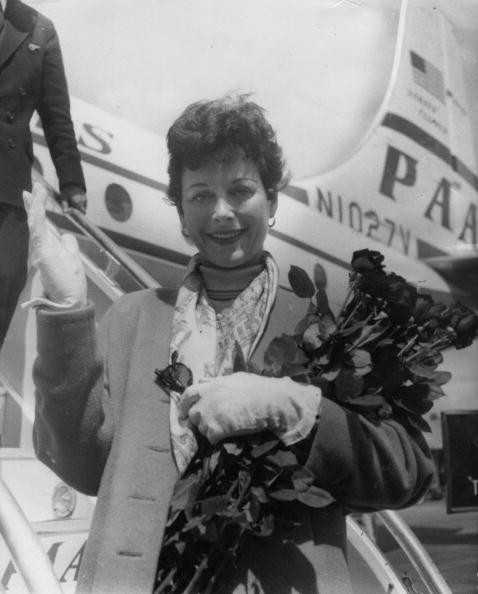
Hollywood movie star Hedy Lamarr was a pioneer in the field of wireless communications and she and her co-inventor George Anthiel developed a secret communications system to help combat the Nazis during World War II. They manipulated radio frequencies between transmission and reception to form an unbreakable code and prevent classified messages from being intercepted by enemy personnel and help America defeat the Nazis in WWII and win the Cuban Missile Crisis.
The pair also went on to receive a patent in 1941, but it was not until decades later that the value of their invention became more apparent. Their "spread spectrum" technology that pushed the digital communications boom is now used in everyday technological research of cellular phones, fax machines and other wireless operations.
COBOL - Computer Language
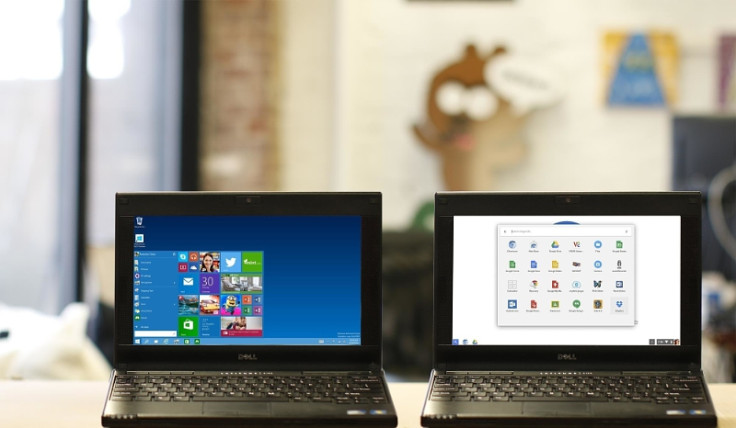
Grace Murray Hopper had a masters and PhD in mathematics from Yale University. During World War II, Hopper joined the Navy and was sworn into the US Naval Reserve in 1943. After training, she was commissioned as a lieutenant and assigned to the Bureau of Ordinance Computation Project at Harvard University.
She became the third person to program the Harvard Mark I computer in 1944 and invented the first compiler for a computer programming language. She was one of those who popularised the idea of machine-independent programming languages, which led to the development of COBOL, one of the first high-level programming languages. COBOL is primarily used in business, finance, and administrative systems for companies and governments and still widely used in legacy applications deployed on mainframe computers, such as large-scale batch and transaction processing jobs.
She won numerous awards for her career as a famous woman inventor, including the National Medal of Technology, which was presented to her in 1991 by President George Bush.
Computerised telephone switching system
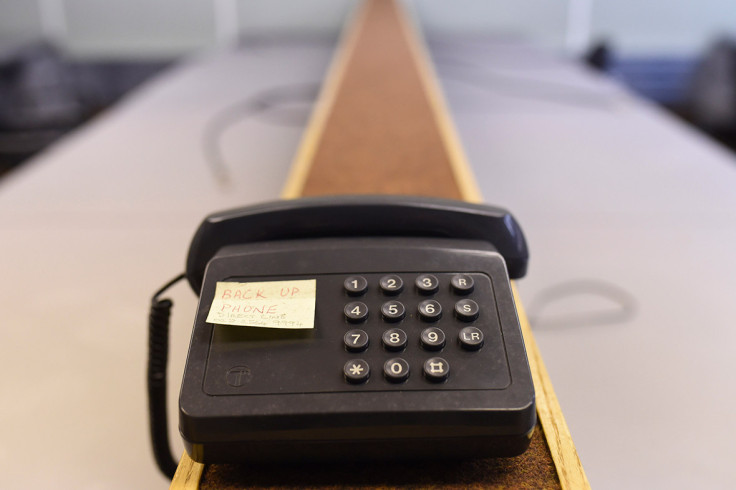
Erna Schneider Hoover was an American mathematician who created a computerised telephone switching system. The switching system used a computer to monitor incoming calls and then automatically adjusted the call's acceptance rate. This helped eliminate overloading problems.
The principles of Hoover's design are still used today and she was awarded one of the first software patents ever issued (Patent #3,623,007, in 1971). Bell Labs made her their first female supervisor of a technical department. She was elected as a member of the National Inventors Hall of Fame in 2008.
Ice Cream Maker
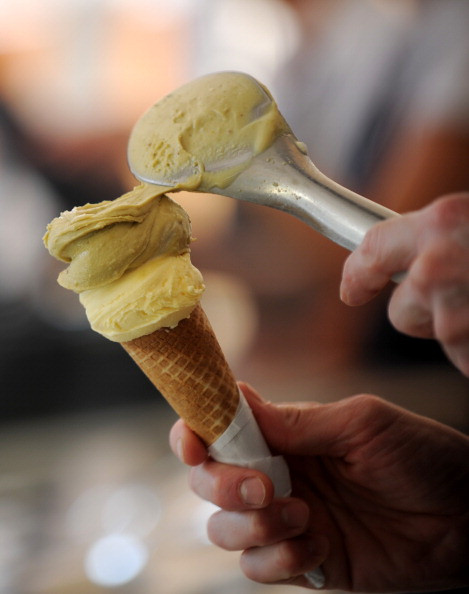
In 1843, Nancy Johnson of Philadelphia received the first US patent for a small-scale hand-cranked ice cream freezer. It was a manual device cranked by a handle. An outer wooden pail contained crushed ice; an inner tin or pewter cylinder contained the ice-cream mix to be frozen. A lid was bolted on and the handle inserted through the top of the lid and turned to freeze the mix. The device inside attached to the handle was called a dasher. It was possible to split the inner cylinder such that two different ice cream flavours could be frozen simultaneously but separately.
Prior to this, the standard way of making ice cream was known as the "pot-freezer" method where users placed a metal pot inside a "freezer" bin full of ice, added ice cream ingredients to the pot, and agitated the mixture by hand.
Johnson, however, later sold the rights of her invention to a kitchen wholesaler, named William Young for $200 (£141) because she had no finances to produce the Ice Cream Maker. Her basic design and many associated iterations are still in use today, including many home ice cream makers currently on the market.
Close Circuit Television (CCTV)
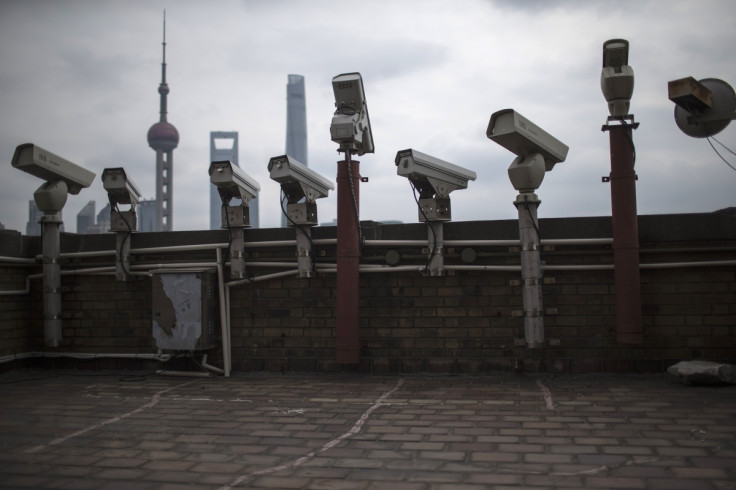
Marie Van Brittan Brown and her husband, Albert, created an early closed-circuit television system to be used for home monitoring. They developed a motorised camera that was attached to a cabinet added to the front door. The camera could move up and down to take views through four separate peep holes. The top spot would reveal the identity of a tall person; the lowest one would show if a child was at the door. The other peep holes could capture any person between these two heights.
Patented in 1969, the technology was intended to help people ensure their own security, as police were slow to respond to calls for help in her New York City neighbourhood. Her invention forms the basis for modern CCTV systems used for advanced home security and police work today. For her invention, she even received an award from the National Science Committee.
Breakthrough in telecommunication technologies
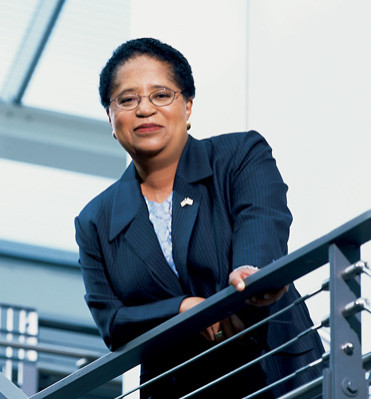
Dr Shirley Jackson conducted breakthrough research in theoretical physics and used her knowledge of physics to foster advances in telecommunications that enabled others to invent pivotal telecommunication devices such as the portable fax, touch tone telephone, solar cells, fibre optic cables, and the technology behind caller ID and call waiting.
Her inventions are not the only fascinating thing about her. She also became the first African-American woman to earn a doctorate at the world famous Massachusetts Institute of Technology, receiving a PhD in nuclear physics in 1973. Currently, she serves on the board of various companies and organisations like IBM, NYSE, FedEx, Smithsonian Institution Board of Regents and more.
Airplane Muffler

Eldorado Jones, a former teacher-turned-tinkerer looked at an automobile muffler and realised it could also work for airplanes. The concept was similar to that of an automobile exhaust muffler, and she tested her invention at New York's Roosevelt Field. The New York Times had reported that her device could have an influence on the future of American aeronautics as she even received a patent for the technology in 1923 but was unable to use it and develop her invention because she severely distrusted businessmen due to prior experiences.
Her idea and basic design have since been overhauled for use in exhaust systems in piston-powered engines. Jones also invented a small lightweight iron that consisted of a travelling ironing board (with a compartment for a flatiron), and a collapsible hat rack.
The Dishwasher

Josephine Cochran was the inventor of the first commercially successful hand-powered dishwasher that was constructed together with mechanic George Butters. Patented in 1886, the first dishwasher combined high water pressure, a wheel, a boiler, and a wire rack like the ones still used for dish drying.
To build the machine, she measured the dishes and built wire compartments, each specially designed to fit plates, cups, or saucers. The compartments were placed inside a wheel that lay flat inside a copper boiler. She showed her invention at the 1893 World's Columbian Exposition in Chicago and won the highest prize for "best mechanical construction, durability and adaptation to its line of work".
© Copyright IBTimes 2025. All rights reserved.





















